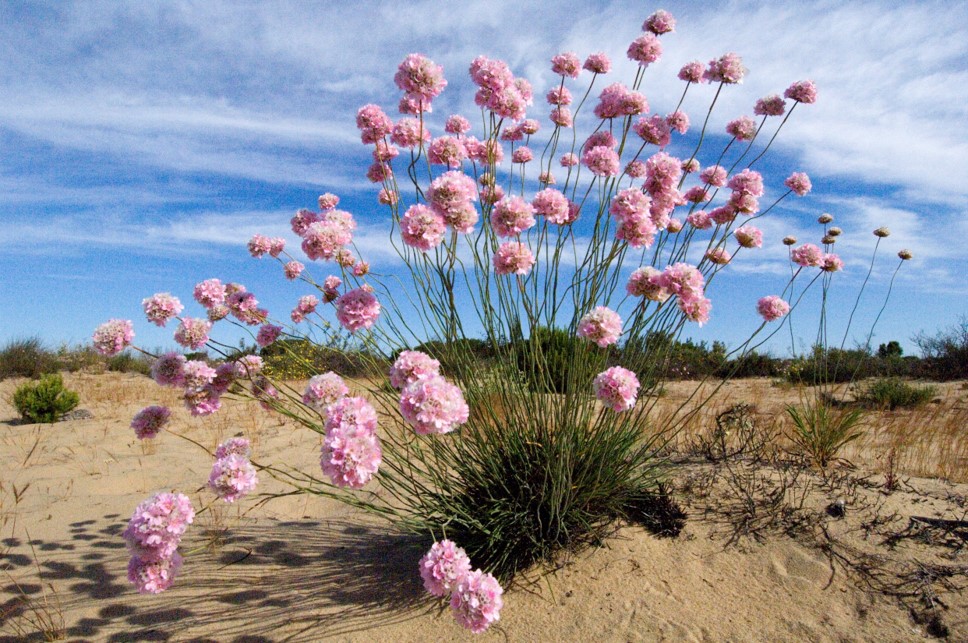Land-use intensification and biological invasions are two of the most important global change pressures driving biodiversity loss. However, their combined impacts on biological communities have been seldom explored, which may result in misleading ecological assessments or mitigation actions. Based on an extensive field survey of 445 paired invaded and control plots of coastal vegetation in SW Spain, the joint effects of land-use intensification (agricultural and urban intensification) and invasion on the taxonomic and functional richness, mean plant height and leaf area of native plants were explored. The survey covered five invasive species with contrasting functional similarity and competitive ability in relation to the native community. The response of native communities for the overall and invader-specific datasets was modelled, and it was determined whether invader-native functional differences could influence the combined impacts of land-use intensification and invasion. Overall, urban intensification reduced taxonomic richness more strongly at invaded plots (synergistic interactive effects). In contrast, functional richness loss caused by urban intensification was less pronounced at invaded plots (antagonistic interactive effects). Overall models showed also that urban intensification led to reduced mean leaf area, while agriculture was linked to higher mean plant height. When exploring invader-specific models, the combined effects of agricultural and urban intensification with invasion were found to be heterogeneous. At invaded plots, invader-native functional differences accounted for part of this variability. These findings demonstrate the importance of considering the interactive effects of global change pressures for a better assessment and management of ecosystems. informacion[at]ebd.csic.es: Gutiérrez-Cánovas et al (2020) Combined effects of land-use intensification and plant invasion on native communities. Oecologia DOI 10.1007/s00442-020-04603-1
https://www.ncbi.nlm.nih.gov/pubmed/31982953

 Las altas temperaturas están provocando que las lagunas y las marismas de Doñana pierdan agua rápidamente
Las altas temperaturas están provocando que las lagunas y las marismas de Doñana pierdan agua rápidamente




